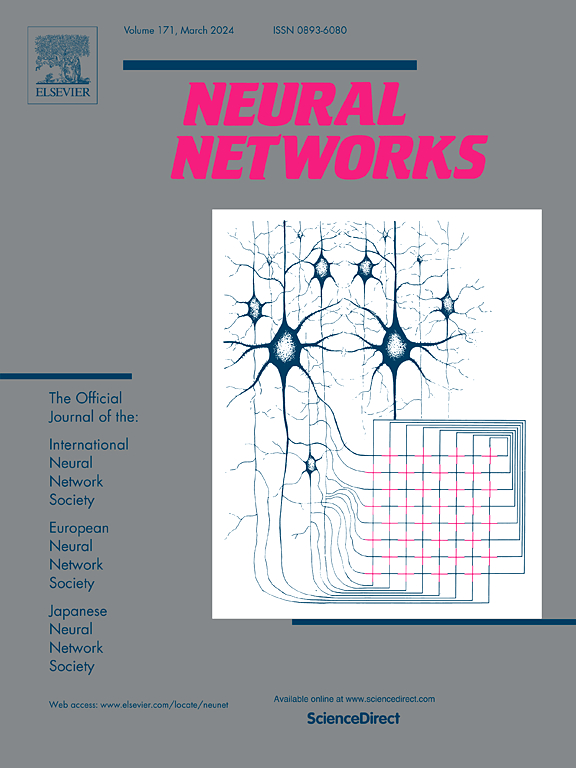作为多模态微分方程求解器的微调语言模型
IF 6
1区 计算机科学
Q1 COMPUTER SCIENCE, ARTIFICIAL INTELLIGENCE
引用次数: 0
摘要
在不断发展的科学机器学习领域,上下文算子学习在构建基础模型方面已显示出显著的潜力,因为在这一框架中,模型在推理阶段无需权重更新,即可利用提示数据学习算子并求解微分方程。然而,当前模型对函数数据的过度依赖忽略了人类对算子的宝贵洞察力。为了解决这个问题,我们提出了一种将上下文算子学习转变为多模式范例的方法。特别是,我们从最近成功的大型语言模型中汲取灵感,提出使用 "标题 "来整合人类对运算符的知识,这些知识通过自然语言描述和方程式表达出来。此外,我们还引入了一种新方法来训练类似语言模型的架构,或直接微调现有的语言模型,以进行上下文操作员学习。我们在单模式学习任务中击败了基线,同时也证明了多模式学习在提高性能和降低函数数据要求方面的有效性。所提出的方法不仅极大地推动了上下文算子学习范式的发展,还为语言模型的应用开辟了一条新路。本文章由计算机程序翻译,如有差异,请以英文原文为准。
Fine-tune language models as multi-modal differential equation solvers
In the growing domain of scientific machine learning, in-context operator learning has shown notable potential in building foundation models, as in this framework the model is trained to learn operators and solve differential equations using prompted data, during the inference stage without weight updates. However, the current model’s overdependence on function data overlooks the invaluable human insight into the operator. To address this, we present a transformation of in-context operator learning into a multi-modal paradigm. In particular, we take inspiration from the recent success of large language models, and propose using “captions” to integrate human knowledge about the operator, expressed through natural language descriptions and equations. Also, we introduce a novel approach to train a language-model-like architecture, or directly fine-tune existing language models, for in-context operator learning. We beat the baseline on single-modal learning tasks, and also demonstrated the effectiveness of multi-modal learning in enhancing performance and reducing function data requirements. The proposed method not only significantly enhanced the development of the in-context operator learning paradigm, but also created a new path for the application of language models.
求助全文
通过发布文献求助,成功后即可免费获取论文全文。
去求助
来源期刊

Neural Networks
工程技术-计算机:人工智能
CiteScore
13.90
自引率
7.70%
发文量
425
审稿时长
67 days
期刊介绍:
Neural Networks is a platform that aims to foster an international community of scholars and practitioners interested in neural networks, deep learning, and other approaches to artificial intelligence and machine learning. Our journal invites submissions covering various aspects of neural networks research, from computational neuroscience and cognitive modeling to mathematical analyses and engineering applications. By providing a forum for interdisciplinary discussions between biology and technology, we aim to encourage the development of biologically-inspired artificial intelligence.
 求助内容:
求助内容: 应助结果提醒方式:
应助结果提醒方式:


